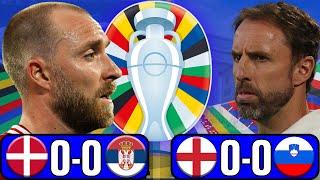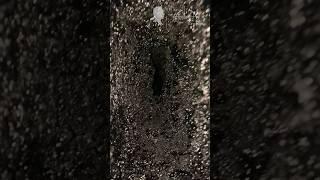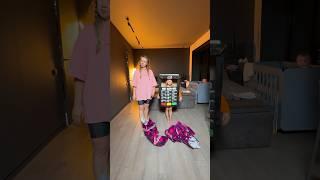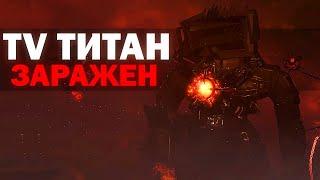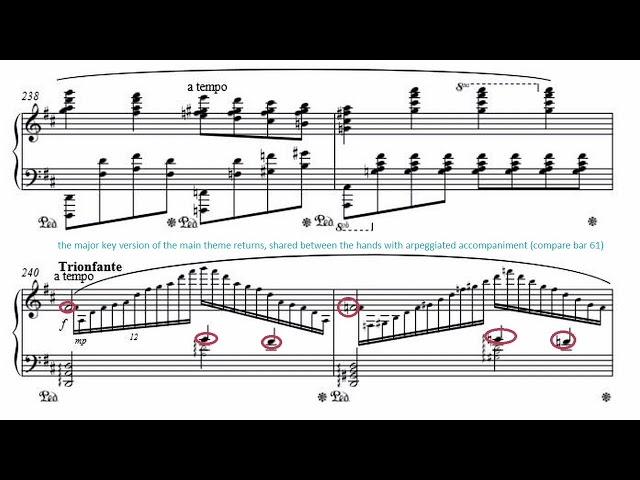
alkanliszt Concerto for solo piano - live recording with sheet music and formal analysis
Composed over the period 2010-2015. A concerto without orchestra but conceived in the grand romantic style. Rachmaninov, Chopin, Liapunov, even Addinsell perhaps, and especially Liszt inhabit my inspirations!
Special upload marking my most-viewed video reaching 100k views! Live recording (a different performance to the one previously uploaded) plus sheet music with compositional analysis.
0:12 Allegro deciso
8:30 Reverie
13:35 Dies Irae
18:31 Languido
19:23 Il ritorno
My solo concerto, a work intended as a piano reduction of an as yet incompletely orchestrated concerto, opens with a trumpet call over a bass drum roll, prefacing the entry of the first descending motif, a questioning, wary theme. The mood gradually becomes more demonstrative and the second motif, a highly romanticised, quasi-Rachmaninovian theme, enters with a flourish. The theme is developed, firstly with the addition of softly trilling flutes, secondly with the melody given to the celli.
Following an orchestral tutti and a piano cadenza, the "questioning" opening motif returns in the strings over a bass drum roll, leading to a harp cascade, depicting a rain-shower. The first motif returns in a harmonised form: the right hand presents it first in thirds, then in sixths, and thereafter with progressively denser harmonies as the mood grows more impassioned. There is a thunderclap; rain beats down intensely and a highly melancholy, minor key transformation of the second theme enters. The mood intensifies and a tender interlude ensues before returning to melancholia. Snow flurries across a gloomy windswept landscape; the music becomes progressively more animated until the climactic transition back into sunlight and a triumphant return of the second theme, followed by arriving at rest.
The second movement opens with an introductory, placid, more major-key echo of the work's opening motif; likewise the main thematic material of the movement is a transformation of the second motif. There is less drama and tension in this movement: it represents a peaceful reverie interspersed with submerged passion. The placid external sections of the movement are for soft piano and strings; woodwind enter to carry the melodic lines in the middle section with its hints of animation and fervour. This movement marks an intermezzo; the calm before the storm.
The third movement - the most highly allusive of the three - begins with a violent iteration of the Dies Irae. The opening phrase of this motif then descends into the very bass of the keyboard, full of ominous foreboding, ushering in a cascade of thunder and rain. As this subsides, a cortege of praying monks pass through the scene, softly intoning the Dies Irae. As they fade away in despair, a violent storm breaks. As the storm subsides, bells are heard tolling in the bass. The Dies Irae re-emerges amongst a deafening cluster of interlocking octaves as the gates of Hell open. As disorder prevails, conventional tonality collapses and is supplanted by harmonies formed around the tritone - the "diabolus in musica" of mediaeval music. The symbolism is obvious. Amidst the carnage emerges a perverse - but based around the conventional tonal system - reharmonisation of the first four notes of the Dies Irae. The keyboard is then submerged under a torrent of augmented harmonies, before the Dies Irae is defiantly hammered out in alternate hand chords in the bass. As all seems lost, an ascending motif (an inversion of the descending motif from the first movement) leads to a transformative passage, signifying redemption, and transitioning to a triumphal return of the "romantic" theme from the first movement, as the work ends in a blaze of glory.
Special upload marking my most-viewed video reaching 100k views! Live recording (a different performance to the one previously uploaded) plus sheet music with compositional analysis.
0:12 Allegro deciso
8:30 Reverie
13:35 Dies Irae
18:31 Languido
19:23 Il ritorno
My solo concerto, a work intended as a piano reduction of an as yet incompletely orchestrated concerto, opens with a trumpet call over a bass drum roll, prefacing the entry of the first descending motif, a questioning, wary theme. The mood gradually becomes more demonstrative and the second motif, a highly romanticised, quasi-Rachmaninovian theme, enters with a flourish. The theme is developed, firstly with the addition of softly trilling flutes, secondly with the melody given to the celli.
Following an orchestral tutti and a piano cadenza, the "questioning" opening motif returns in the strings over a bass drum roll, leading to a harp cascade, depicting a rain-shower. The first motif returns in a harmonised form: the right hand presents it first in thirds, then in sixths, and thereafter with progressively denser harmonies as the mood grows more impassioned. There is a thunderclap; rain beats down intensely and a highly melancholy, minor key transformation of the second theme enters. The mood intensifies and a tender interlude ensues before returning to melancholia. Snow flurries across a gloomy windswept landscape; the music becomes progressively more animated until the climactic transition back into sunlight and a triumphant return of the second theme, followed by arriving at rest.
The second movement opens with an introductory, placid, more major-key echo of the work's opening motif; likewise the main thematic material of the movement is a transformation of the second motif. There is less drama and tension in this movement: it represents a peaceful reverie interspersed with submerged passion. The placid external sections of the movement are for soft piano and strings; woodwind enter to carry the melodic lines in the middle section with its hints of animation and fervour. This movement marks an intermezzo; the calm before the storm.
The third movement - the most highly allusive of the three - begins with a violent iteration of the Dies Irae. The opening phrase of this motif then descends into the very bass of the keyboard, full of ominous foreboding, ushering in a cascade of thunder and rain. As this subsides, a cortege of praying monks pass through the scene, softly intoning the Dies Irae. As they fade away in despair, a violent storm breaks. As the storm subsides, bells are heard tolling in the bass. The Dies Irae re-emerges amongst a deafening cluster of interlocking octaves as the gates of Hell open. As disorder prevails, conventional tonality collapses and is supplanted by harmonies formed around the tritone - the "diabolus in musica" of mediaeval music. The symbolism is obvious. Amidst the carnage emerges a perverse - but based around the conventional tonal system - reharmonisation of the first four notes of the Dies Irae. The keyboard is then submerged under a torrent of augmented harmonies, before the Dies Irae is defiantly hammered out in alternate hand chords in the bass. As all seems lost, an ascending motif (an inversion of the descending motif from the first movement) leads to a transformative passage, signifying redemption, and transitioning to a triumphal return of the "romantic" theme from the first movement, as the work ends in a blaze of glory.
Тэги:
#piano #concerto #romantic #sheet #music #liszt #rachmaninov #Warsaw #AddinsellКомментарии:
Mastering Gear 4 in EVERY One Piece Roblox Game
WinterKloudz
Magical Monday
Sew Hungry Hippie
SLOVENIA HISTORY | ENGLAND PUTRID | DENMARK ADVANCE | EURO 2024
Michael Talks Football
सिंपल ब्लाउज बनाना सीखे Perfect Blouse Cutting in Hindi | Sada Blouse
Tailoring in Hindi







